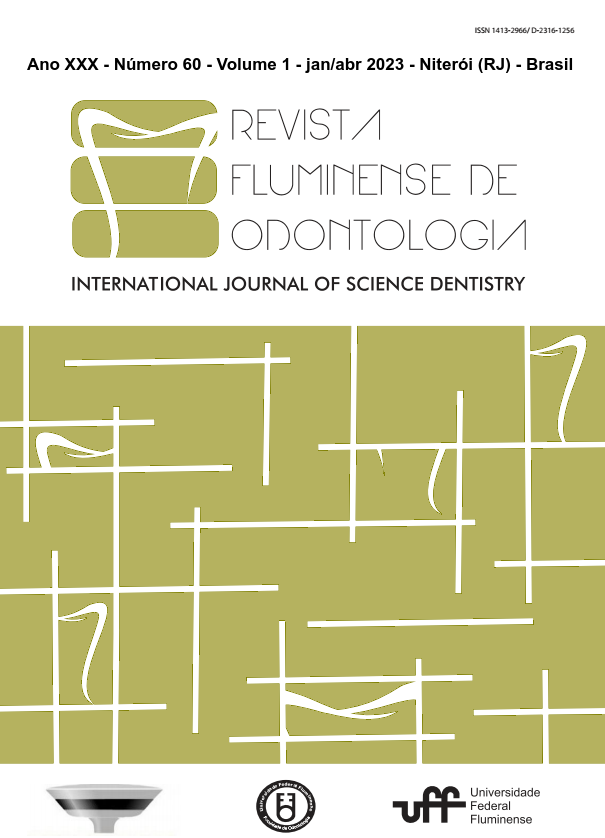ADVANCES IN SURFACE TREATMENT OF DENTAL IMPLANTS: A LITERATURE REVIEW
DOI:
https://doi.org/10.22409/ijosd.v1i60.53427Abstract
Widely used to replace lost teeth, dental implants have been presenting technologies such as surfaces with micro and nano topography and adjustments in chemical compositions, among others, to improve osseointegration and reduce treatment time, thus allowing immediate or early functional load in patients with reduced bone density. Several methods are applied to modify the implant surface, such as sandblasting, acid corrosion, anodic oxidation, fluoride treatment, machining, titanium plasma spraying, and calcium phosphate coating; these methods can notably increase the surface area when the appropriate modification technique is operated, either by the addition or subtraction procedure. Such modifications promote rough surfaces, which increase the percentage of bone-implant contact (BIC) during the initial bone healing process. The main benefits of surface modification are to improve wettability (hydrophilicity), adhesion and attachment of cells to implants, and cell proliferation. Among the surface treatments for dental implants, sandblasting with large grit and acid-etching with HCL/H2SO4 (SLA) stands out at high temperatures. The surface coating of the implant with hydroxyapatite, anodic oxidation, and double acid-etching. This work aims to conduct a literature review discussing the importance and effectiveness of these methods for osseointegration and, therefore, for reducing the treatment period.
Keywords: Osseointegration; Dental Implants; Surface; Modification





